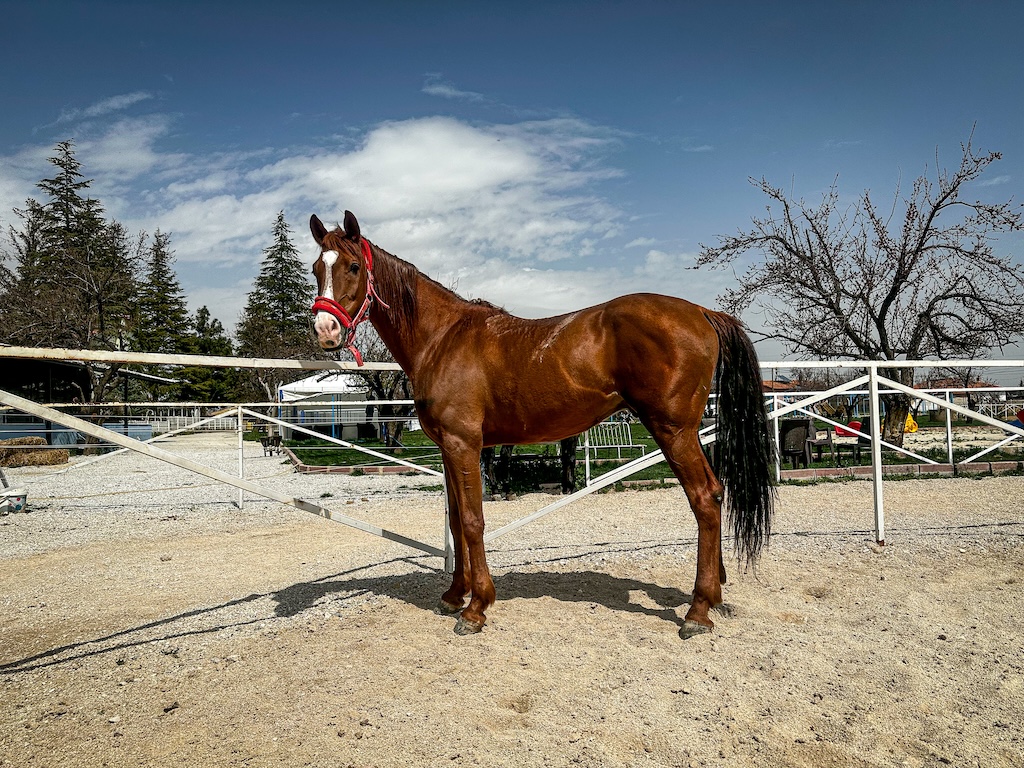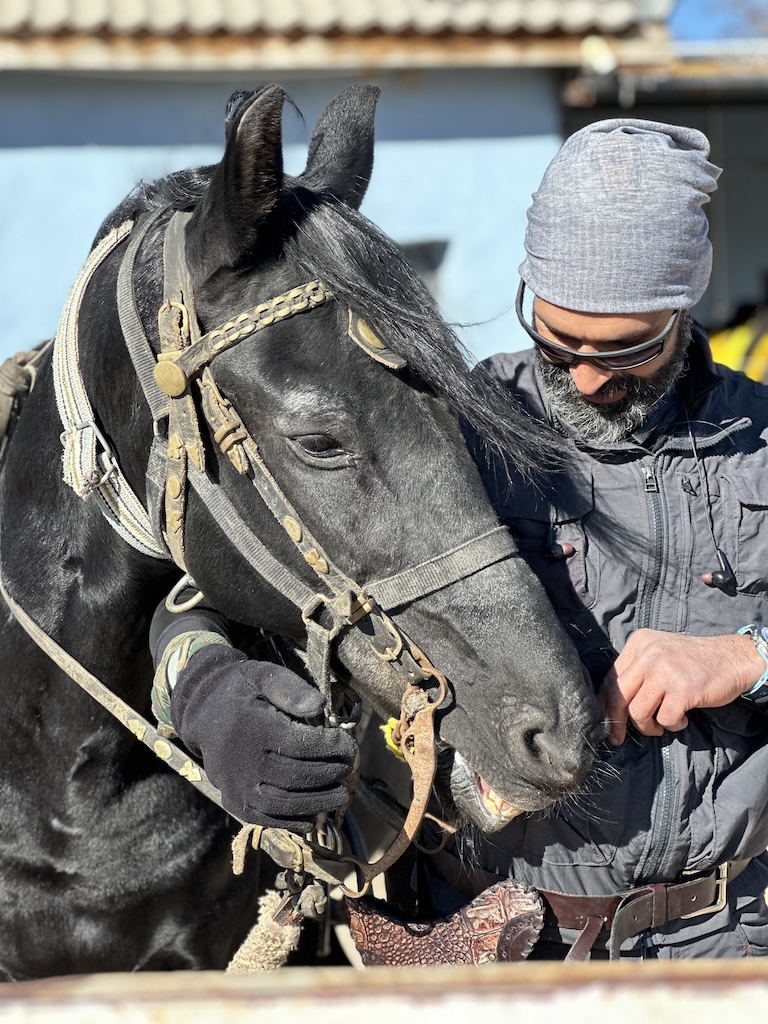
How Often Should You Trim Your Horse's Shoes, and Why It’s Important
Sep 12, 2024
Maintaining your horse's hooves through regular trimming is a crucial aspect of equine care.
This practice not only ensures your horse's health and comfort but also significantly impacts their overall performance and longevity.
Generally, horses require hoof trimming every 4 to 8 weeks, though this interval can vary based on factors such as the horse's individual hoof growth rate, activity level, and environmental conditions.
Key Benefits of Regular Hoof Trimming:
Prevention of Hoof Disorders
Consistent trimming helps prevent a range of hoof problems, including cracks, splits, and imbalances.
These issues, if left unchecked, can lead to more severe conditions such as lameness or chronic pain.
Improved Balance and Movement
Well-maintained hooves contribute to better overall balance and gait.
This ensures that your horse can move efficiently and naturally, reducing the risk of strain on joints and muscles.
Enhanced Comfort and Well-being

Overgrown or misaligned hooves can cause discomfort or pain, affecting your horse's willingness to move and perform.
Regular trimming helps maintain comfort, allowing your horse to move freely and confidently.
Support for Overall Health
Healthy hooves play a vital role in your horse's overall health.
They provide proper support for the legs and back, helping to distribute weight evenly and reduce the risk of injury or strain.
Performance Optimization
For working or competitive horses, well-maintained hooves can significantly impact performance.
Proper trimming ensures that your horse can perform at its best, whether in the show ring, on the trail, or in the field.
Best Practices for Hoof Care:
Regular Professional Care
Establish a consistent schedule with a qualified farrier for trimming every 4 to 8 weeks.
This professional can assess your horse's individual needs and adjust the frequency as necessary.
Routine Monitoring
Keep a close eye on your horse's hoof condition between farrier visits.
Look for signs of uneven wear, cracks, or changes in gait that might indicate the need for more frequent trimming.
Environmental Considerations
Be aware that factors such as terrain, moisture levels, and diet can affect hoof growth and wear.
Adjust your trimming schedule accordingly to accommodate these environmental influences.
Factors Affecting Horse Hoof Growth
- Nutrition: A balanced diet rich in vitamins and minerals—especially biotin and zinc—supports healthy hoof growth.
- Genetics: Some horses naturally grow hooves faster or stronger due to their genetic makeup.
- Exercise: Regular movement stimulates circulation, promoting hoof growth.
- Environment: Wet or dry conditions influence hoof moisture and growth rate.
- Health: Illnesses or infections may slow hoof growth or cause abnormalities.
- Age: Younger horses typically have faster hoof growth than older ones.
- Season: Hoof growth often slows in colder months and accelerates during warmer periods.
- Shoeing/Trimming: Proper practices influence growth by ensuring even wear and preventing damage.
By prioritizing regular hoof care, you're investing in your horse's overall health, comfort, and performance.
This proactive approach helps prevent potential issues, ensures your horse remains sound, and contributes to their long-term well-being and readiness for any activity.